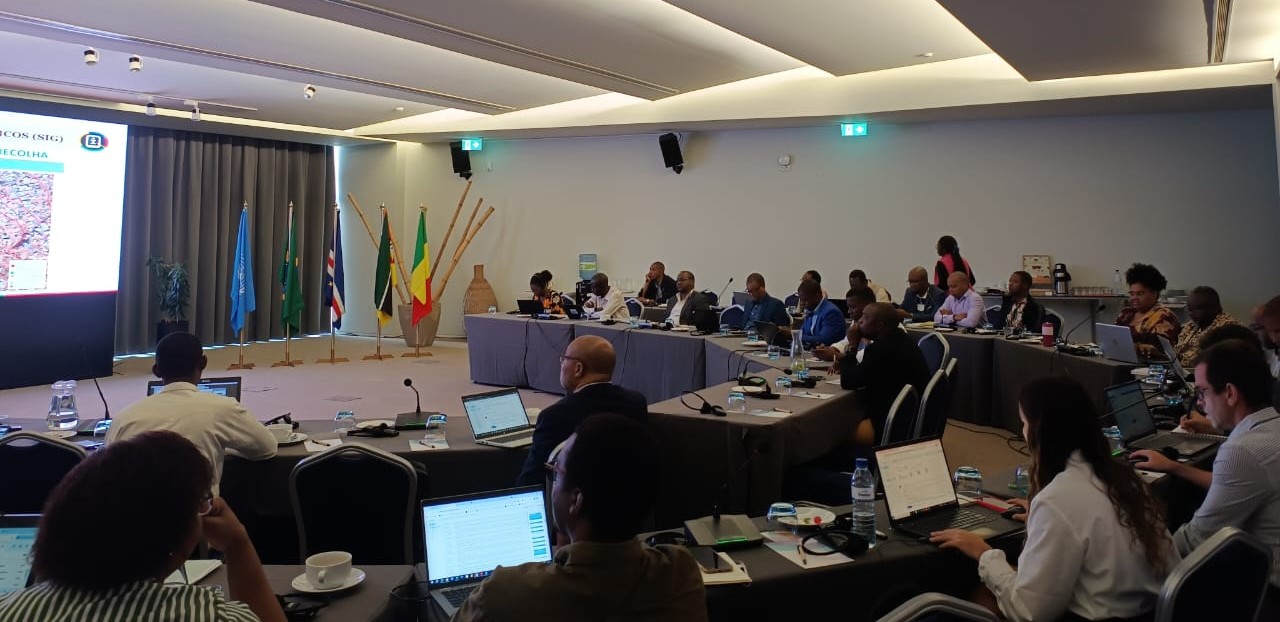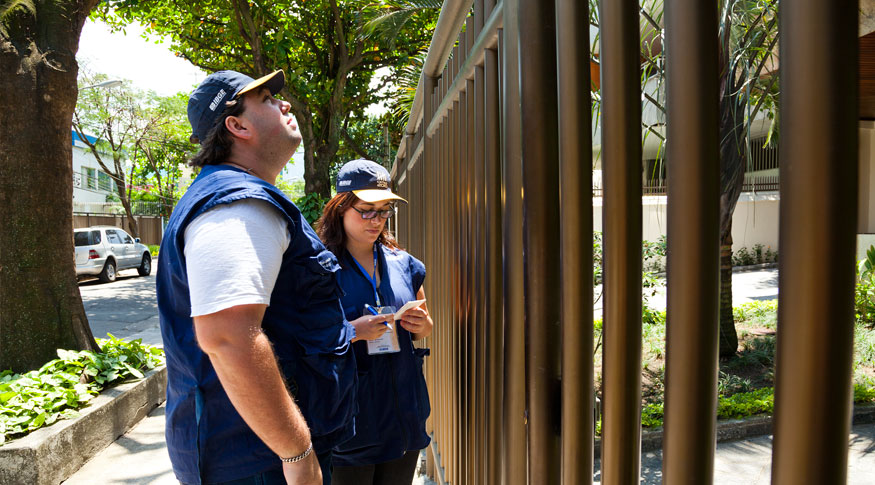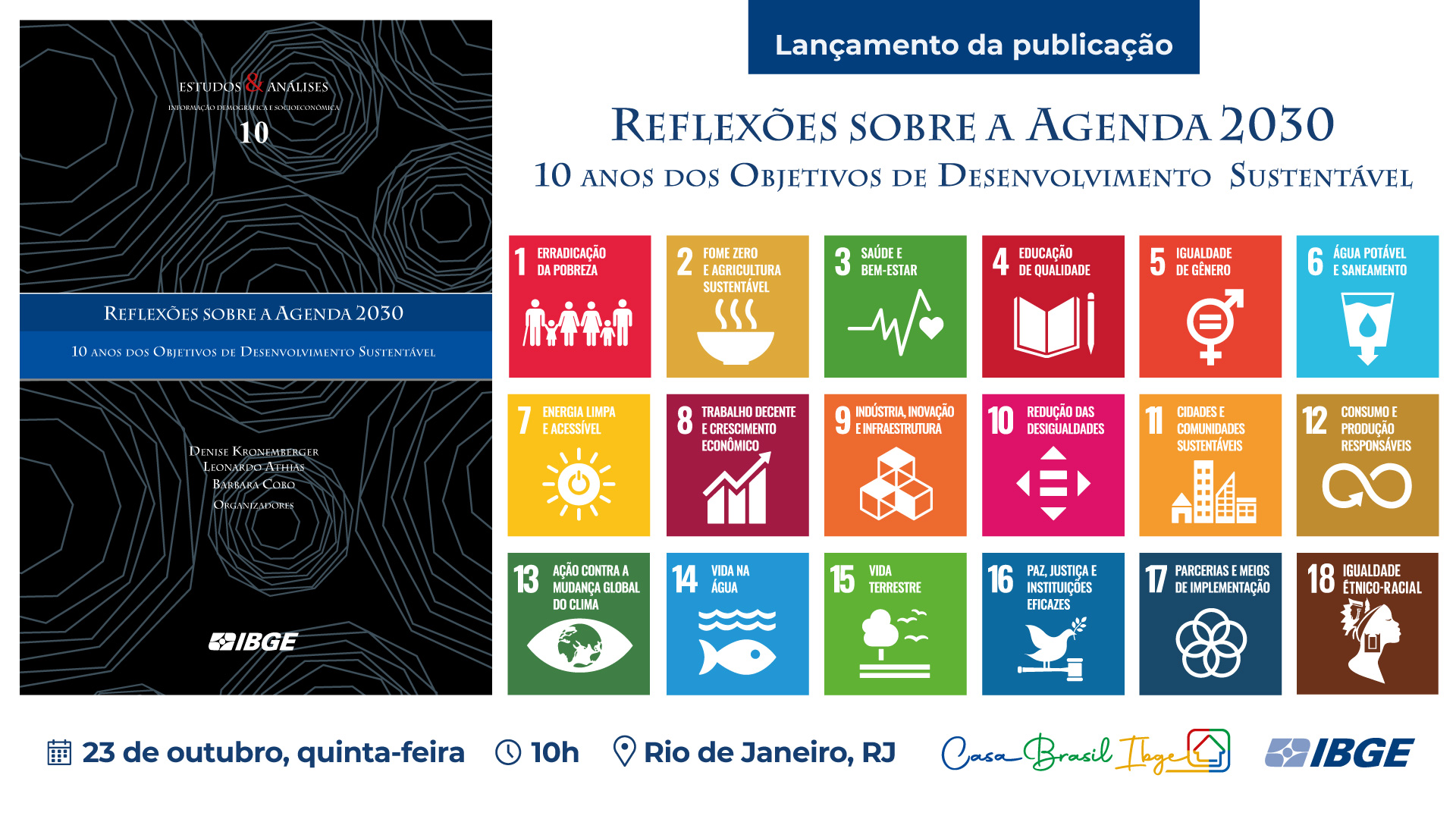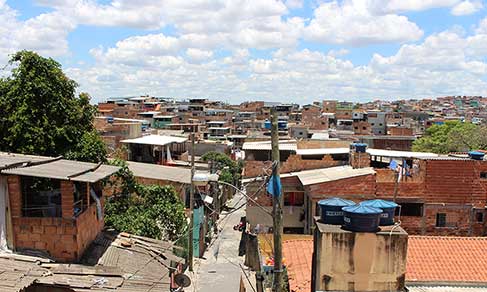Subnormal Agglomerates
Nearly two thirds of slums are less than 2 kilometers from hospitals
May 19, 2020 10h00 AM | Last Updated: May 29, 2020 06h02 PM
Highlights
- Quase dois terços (64,93%) dos aglomerados subnormais estão a menos de dois quilômetros de distância de hospitais.
- A maioria (79,53%) dessas localidades também está próxima, a menos de um quilômetro, de unidades básicas de saúde.
- País tem mais de cinco milhões de domicílios em aglomerados subnormais.
- No Amazonas, mais de um terço (34,59%) dos domicílios ocupados estão nesse tipo de localidade.
- Belém é a capital com a maior proporção de domicílios (55,5%) nessas comunidades, mas quase 20% dos lares brasileiros localizados em favelas estão nas maiores capitais: São Paulo e Rio de Janeiro.
- A pequena Vitória do Jari, no Amapá, tem praticamente três em cada quatro (74%) domicílios em aglomerados subnormais.
- A maior favela do país é a Rocinha, localizada no Rio de Janeiro, com 25,7 mil domicílios.
- Dados são estimados para 2019 e serão confirmados após o próximo Censo Demográfico, adiado para 2021 por conta da pandemia de Covid-19.
Brazil has nearly two thirds (64.93%) of the subnormal agglomerates located less than two kilometers of distance from hospitals. Most of these localities (79.53%) are also close, less than one kilometer, to health centers. Estimated for 2019, the data are based on the Subnormal Agglomerates: Preliminary classification and health information for fighting against Covid-19 survey, released today (19) by the IBGE.
Besides the distances between communities and health centers, the survey shows the preliminary mapping and the estimate of occupied households in subnormal agglomerates. The information, produced for the next Population Census, postponed to 2021 due to the pandemic, was cross-referenced with the Ministry of Health´s National Register of Health Establishments and is available for consultation in interactive maps on covid19.ibge.gov.br hotsite.
"We anticipated the release of these data to show the condition of the subnormal agglomerates in municipalities and states, since the population in these localities are more subject to be infected by the novel coronavirus, due to the high population density," said Maikon Novaes, IBGE´s manager of Regionalization and Territorial Classification.
Known as slums, slums in deep valleys, stilt houses and shacks, among others, subnormal agglomerates are irregular forms of occupation of either public or private lands, characterized by an irregular urban pattern, lack of essential public services and located in areas with restrictions to occupation. The population in these communities live under precarious socioeconomic, sanitation and housing conditions.
According to the estimate, there were 5,127,747 households occupied in 13,151 subnormal agglomerates in Brazil in 2019. These communities were located in 734 municipalities, in every Brazilian state, including the Federal District. According to the last Census, there were 3,224,529 households in 6,329 subnormal agglomerates in 323 cities in 2010.
Novaes points out that the estimate aims at subsidizing the operation of the next Census, thus it is necessary to wait for the final results to make comparisons with 2010. "We are providing information on the order of magnitude of each area, to better distribute the work among the enumerators. Only with the next Census, when all of the households will be visited, we will have assertive and comparable data," explained him.
Of the 13,151 subnormal agglomerates in Brazil, only 827 (6.29%) were located more than five kilometers away from health centers with ward and hospitalization support. The remaining are located very closer to a hospital. However, Cláudio Stenner, IBGE´s coordinator of Geography and Environment, observes that the survey did not investigate whether the health centers located near the subnormal agglomerates provide a structure to attend Covid-19 patients.
"Most subnormal agglomerates are close to health centers. In other words, the problem is not the distance from health centers, but possibly the lack of structure in these centers. We do not know the details of these structures," commented him.

Among the Brazilian states, Amazonas (34.59%) has the highest proportion of households in subnormal agglomerates. Amazonas is followed by Espírito Santo (26.10%), Amapá (21.58%), Pará (19.68%) and Rio de Janeiro (12.63%). In São Paulo, 7.09% of the households are located in these localities. Nevertheless, the most populated state has slightly more than one million houses in subnormal agglomerates. Mato Grosso do Sul is the state with the lowest proportion (0.74%).
Subnormal agglomerates in small cities and capitals of the North and Northeast
Although the proliferation of subnormal agglomerates is usually associated with larger cities, like Rio de Janeiro and São Paulo, the survey shows that these communities are largely located in small cities and capitals of the North and Northeast of Brazil.
The municipality of Vitória do Jari, in Amapá, has 74% of the households located in subnormal agglomerates. 15.9 thousand people live in the city.
Belém (PA) and Manaus (AM) have more than half of the occupied households in subnormal agglomerates, 55.5% and 53.3%, respectively. They are followed by Salvador, in Bahia, with 41.8% of the houses in poor communities.
In São Paulo and Rio de Janeiro, the most populated capitals of the country, the proportion of households in subnormal agglomerates is not higher than 20%, though the amount of properties in these communities is the largest among all other capitals: in Rio, there are 453,571 households in subnormal agglomerates and, in São Paulo, 529,921. São Paulo has nearly twice the population of Rio de Janeiro.
Rocinha, in Rio de Janeiro, is the largest subnormal agglomerate in Brazil, with 25,742 households. Rocinha is followed by the communities of Sol Nascente, in the Federal District, with 25,441 houses; Rio das Pedras, also in Rio de Janeiro, with 22,509; and Paraisópolis, in São Paulo, with 19,262 households in subnormal agglomerates.
São Bernardo and Guarulhos exceed São Paulo in percentage of households in slums
The survey also shows that there are Brazilian municipalities with more than 750 thousand inhabitants that exceed the capitals themselves in the proportion of households in subnormal agglomerates. This is the case of São Bernardo do Campo (18.1%) and Guarulhos (14.2%), in São Paulo. São Paulo has a lower proportion (12.9%).
Among the cities between 350 thousand and 750 thousand inhabitants, Cariacica, in Espírito Santo, stands out with 61% of the households located in subnormal agglomerates. Ananindeua, in Pará, follows with 53.5%. Jaboatão dos Guararapes (PE) has 36.6% of the households in these communities.
Marituba, in Pará, leads (61.2%) among the municipalities between 100 thousand and 350 thousand inhabitants. A large proportion is also noticed in Cabo de Santo Agostinho (PE), with 46.2%; Angra dos Reis (RJ), with 39.8%; Paranaguá (PR), with 39.5%; Guarujá (SP), 34.7%; and Ilhéus (BA), with 34.5% of the houses in subnormal agglomerates.
In the group of cities between 50 thousand 100 thousand inhabitants, Viana, in Espírito Santo, has more than two thirds of households in these localities (68.9%).
Cayo Franco, IBGE´s general manager of Geography, points out that this survey dos not show all the dimension of vulnerability in Brazil, but a good part of it. "There are poor neighborhoods that were not categorized as subnormal agglomerates, either because the residents have the land ownership or some health and sanitation services. What we show here is one dimension of the vulnerability, i.e., the most vulnerable people among the vulnerable ones," concluded him.




















